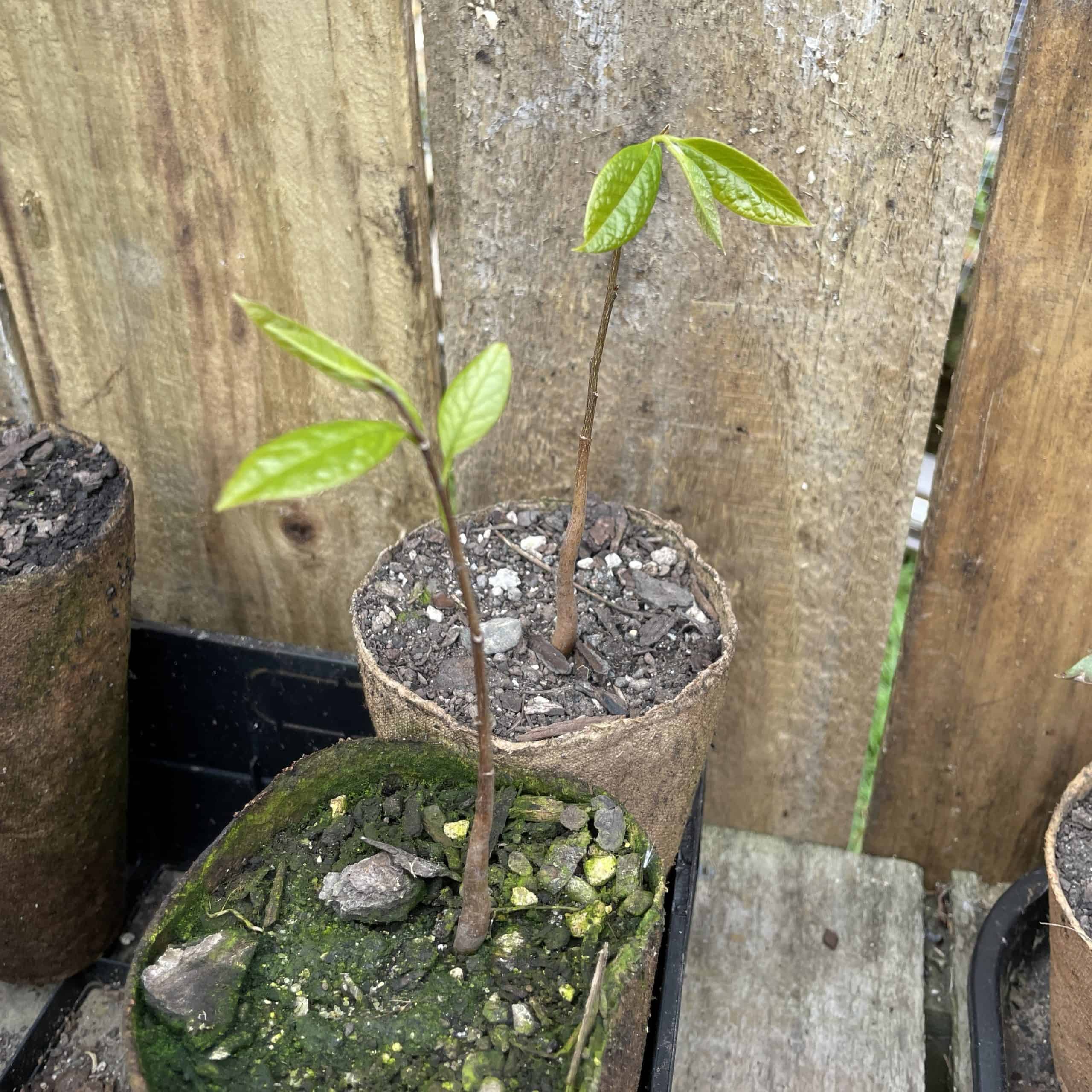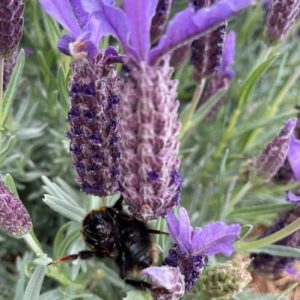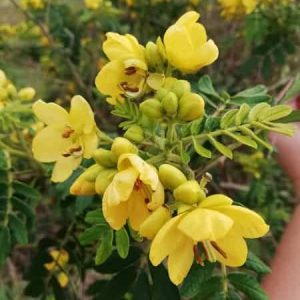Conditions and Harvest
American pawpaw can grow in a variety of soil types and climates. They are tolerant of part shade planting and actually benefit from shade in their first two years before gradually being exposed to more sunlight as they mature and reach fruiting age at around 5 years old. In hot areas they may perform better in part shade even once established.
They are relatively disease and pest resistant, making them a great low maintenance choice.
While a single plant may produce fruit, pollination is much improved with two or more genetically unique trees. They produce flowers in spring that are pollinated by flies and beetles. The fruit is generally ripe in late summer or early autumn.
Uses and Food Forest Information
American Pawpaws produce a tasty fruit that is high in vitamins and minerals.
They are relatively slow growing and with their preference for shade in the early years they are a great addition to the understory as a succession species for some of the shorter lived fruit species in our system like Tamarillo. Their ability to tolerate shade makes them a great understory species and their frost tolerance means they are well placed under deciduous trees where they don’t have winter frost protection.
American Pawpaw will also grow happily alongside walnuts being unaffected by the juglone. For this reason, we will be pairing our American Pawpaws with Black Mulberry (also juglone tolerant) to plant alongside our walnuts and provide a juglone buffer.




